Remove from the lawn
First of all, litter must be raked from the grass, since under its dense layer the lawn actively melts and rots. Because of this, instead of a flat green lawn, it is easy to get grass with bald patches. Leaves should be harvested weekly. using a rake, preferably in dry weather. You cannot rake foliage with fallen snow - the lawn under it will become brittle.
If there are few leaves, you can use a lawnmower to grind them with the grass, creating a complete organic fertilizer.
Make compost for the vegetable garden
Fertilization can only be done if all trees in the garden are healthy and treated with insecticides. Otherwise, insect eggs and harmful microorganisms will get into the compost.
To create compost, a layer of dry twigs and leaves should be placed on the bottom of the pit to act as a drain. Then add a 15 cm layer of freshly cut grass. Alternate with foliage and shredded food waste.
Fertilizer will turn out faster, if the leaves are pre-chopped, and also add green shoots from the site (for example, tops).
In hot weather, the compost pit should be moistened with water, and in order to provide air access to the waste, the mixture should be stirred at least once every two months. In a couple of years, compost will become an excellent fertilizer for garden plantings!
Recycle quickly and profitably
In order not to wait several months, fallen leaves can be fermented much faster - in just three days... To do this, prepare a drainage layer of grass and tops, sprinkle leaves and soil, then pour hot water over the mixture. After 6 hours, treat with bioinsecticide and mix.
After three days, re-process and distribute over the garden. Unripe compost must be buried in the ground, and in the fall it will rot, filling the garden soil with nutrients.
Mulch plants
Fallen leaves can be simply distributed over the beds, flower beds and paths between them. Before that, they need to be weeded out and watered. The leaves will stop weeds from growing and prevent minerals from being washed out of the ground.
At the beginning of the summer season, the rotted mulch layer should be collected or, if there are few leaves, buried in the beds.
Do not tolerate wetting saxifrage, perennial carnations, ground cover phlox, swimsuits and primroses.
Prepare for warm beds
Tall beds made of a wooden box warm up much faster than ordinary beds. They are make life easier for the gardener and bring a richer harvest... Fallen leaves should be crushed, mixed with organic materials (manure, ready-made compost, tops) and, after harvesting, filled boxes with them. The mixture will nourish the soil, and in the spring it will be possible to plant seedlings there.
It is preliminarily recommended to cover the beds with non-woven material to warm the soil.
Insulate wintering crops
With the help of dry foliage, you can create conditions for perennial flowers, especially bulbous (daffodils, tulips, hyacinths), which do not tolerate cold weather. Leaves can be used to cover the trunks of trees and shrubs, as well as whole bushes, falling asleep from above.
Also, an insulating layer may be needed for prematurely sprouted greenery and all winter plantings. Autumn foliage protects the soil and roots from freezing. For greater efficiency, it can be mixed with spruce branches..
Prepare the soil for indoor plants
Healthy leaves can be used to make not only fertilizer for the garden, but also soil for home flowers growing in pots. To do this, you need to collect the foliage in a large plastic bag, tamp it together with the tops. Make holes in several places and leave to simmer.
If necessary, the mixture should be moistened and shaken. In the spring, the resulting substrate is used for transplanting indoor plants, as well as for garden seedlings. The soil is loose and slightly acidic.
Create an infusion from garden pests
If a walnut grows in a summer cottage, poison from Colorado beetles, aphids and a spider mite can be made from its leaves.
Fall foliage must be dried and stored until spring. The infusion is prepared from 2 kg of leaves, filled with 10 liters of water. After 5 days, the product with a pungent odor should be filtered, and then sprayed with cultural plantings.
The solution can be made over the winter by pouring boiling water over a barrel of foliage and closing tightly. In the spring, 10 liters of water will need 1 liter of concentrate.
Decorate the house
Fallen leaves are a great material for creating fall decorations. You can make a herbarium from beautiful leaves, place them in a frame under glass and hang them on the wall. Bouquets, garlands and voluminous wreaths are made from dry foliage, and together with children they create simple crafts.
Look more a selection of interesting ideas for creating coziness in the country.
Infected foliage - burn
If this is not done, diseases (powdery mildew, coccomycosis or scab) will spread throughout the garden. But it is necessary to dispose of foliage in specially designated places, as well as in compliance with all necessary safety rules, otherwise burning on the site may entail criminal liability and a fine... In addition, smoke can be harmful to health.
After burning, a valuable fertilizer is obtained - ash. In glass jars, sealed with a nylon lid, it is stored for years.
Ecologically clean humus from autumn foliage includes potassium, nitrogen and phosphorus, which improve the structure of the soil and increase its fertility.


 10 practical tips for arranging a small kitchen in the country
10 practical tips for arranging a small kitchen in the country
 12 simple ideas for a small garden that will make it visually spacious
12 simple ideas for a small garden that will make it visually spacious
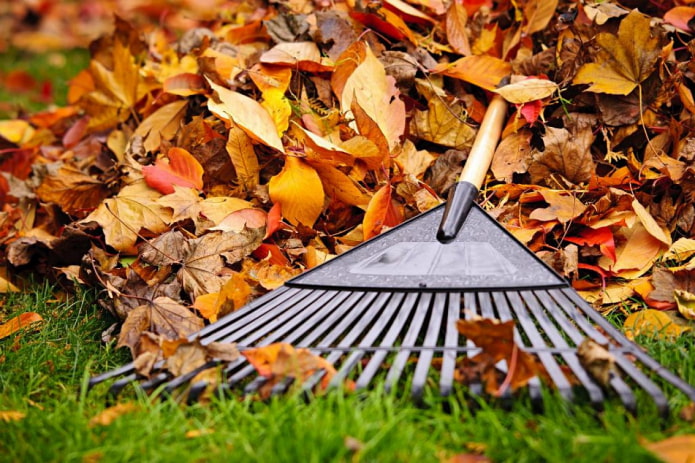

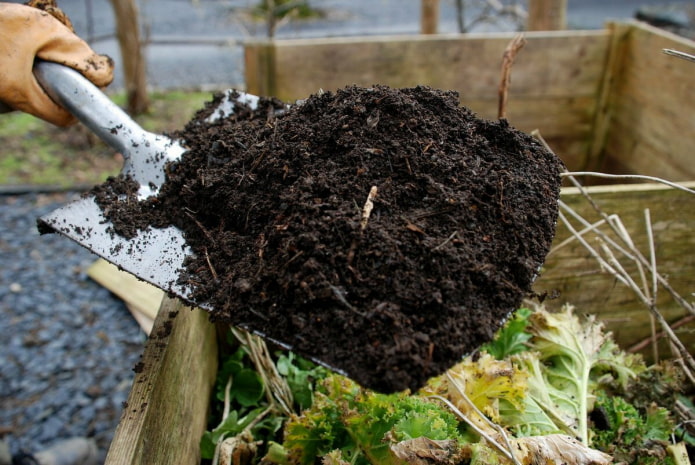
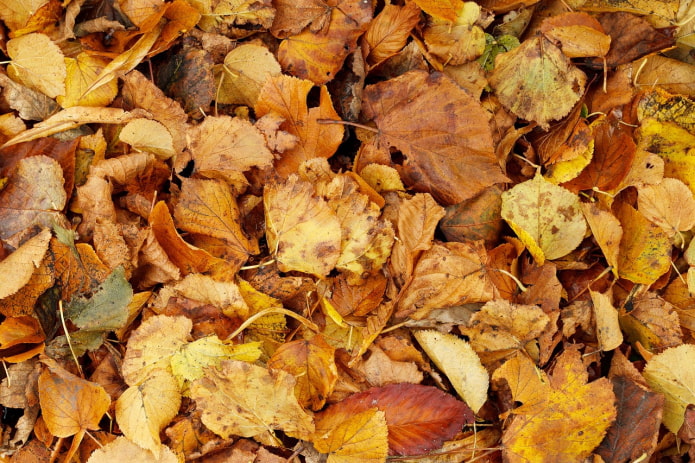
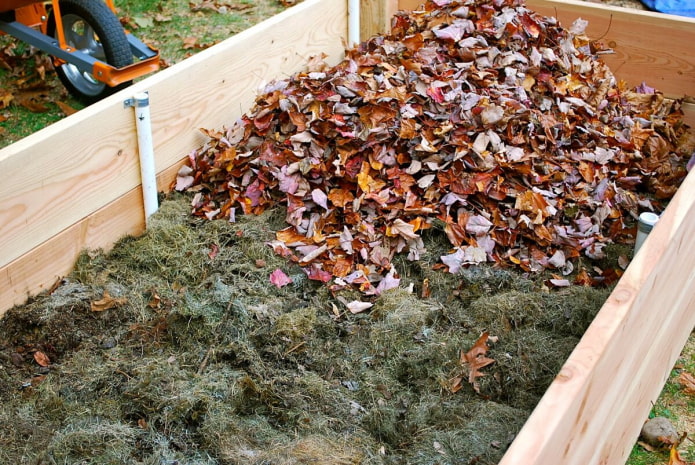
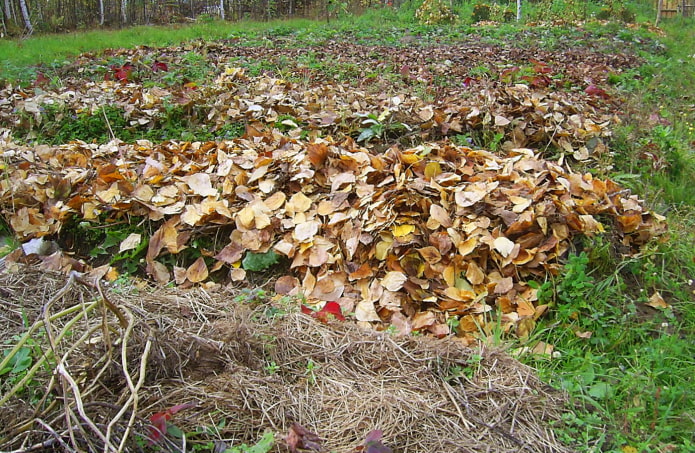

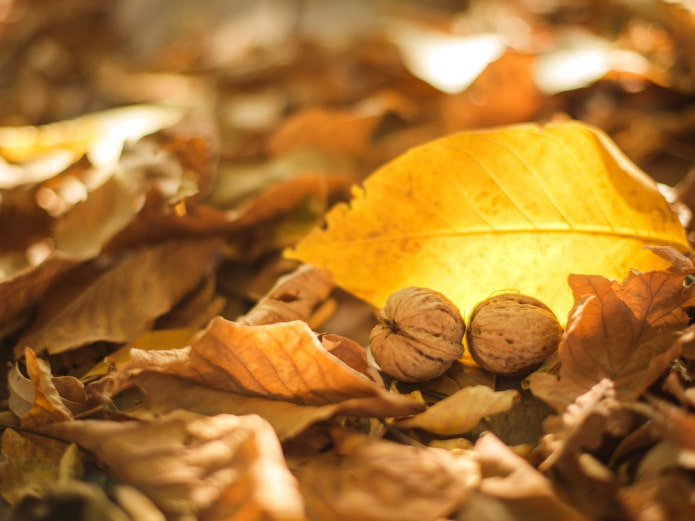
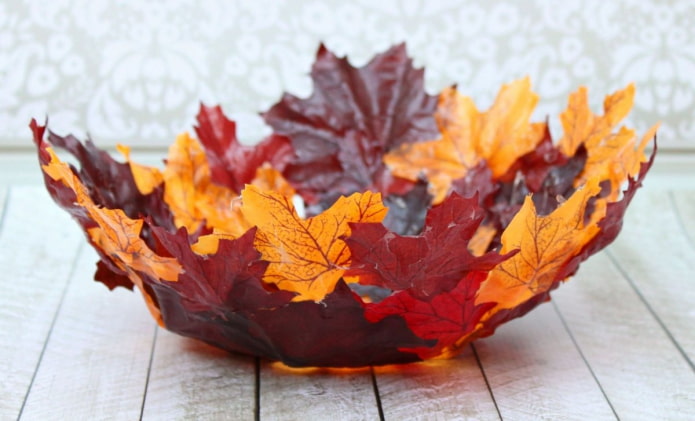

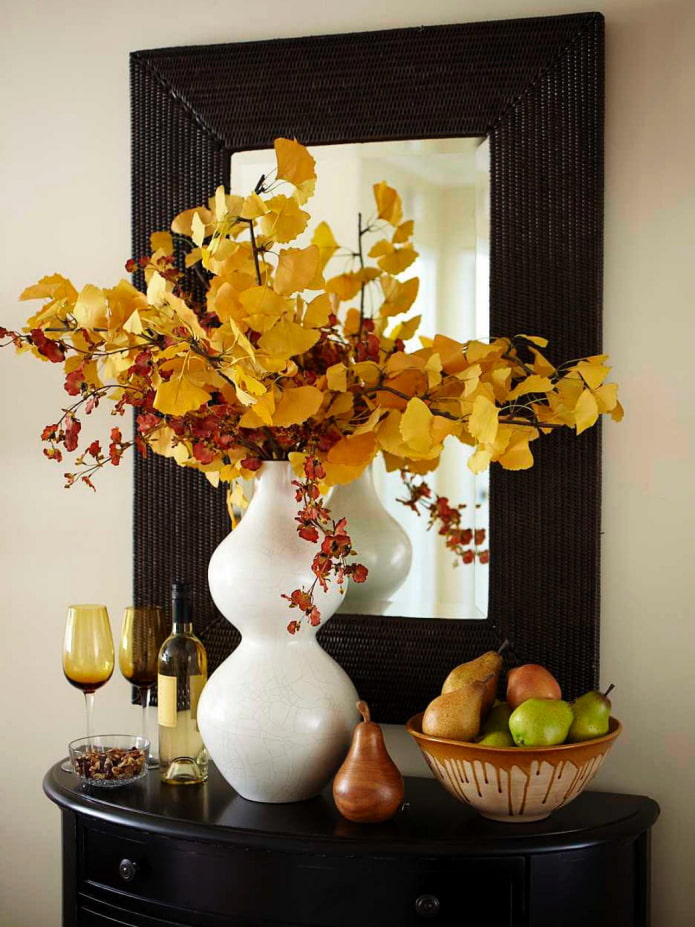

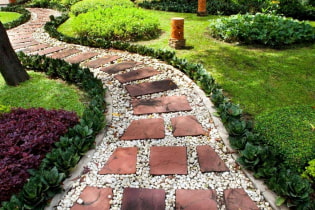 How to decorate garden paths beautifully for a summer residence?
How to decorate garden paths beautifully for a summer residence?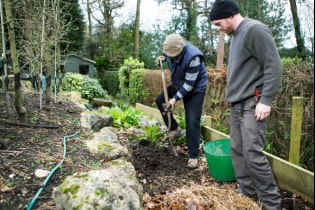 What fertilizers should be used in spring?
What fertilizers should be used in spring? How to use gabions on the site?
How to use gabions on the site?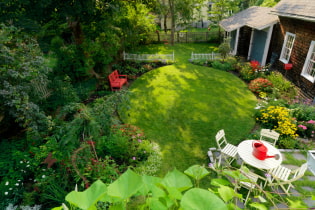 Landscaping of a summer cottage on 6 acres
Landscaping of a summer cottage on 6 acres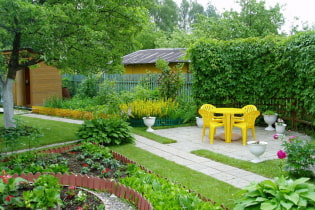 How to arrange the landscape design of a suburban area of 4 ares?
How to arrange the landscape design of a suburban area of 4 ares?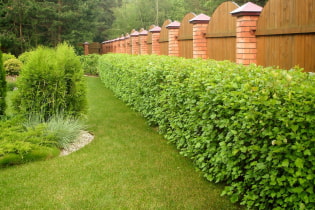 What plants can you make a hedge?
What plants can you make a hedge?